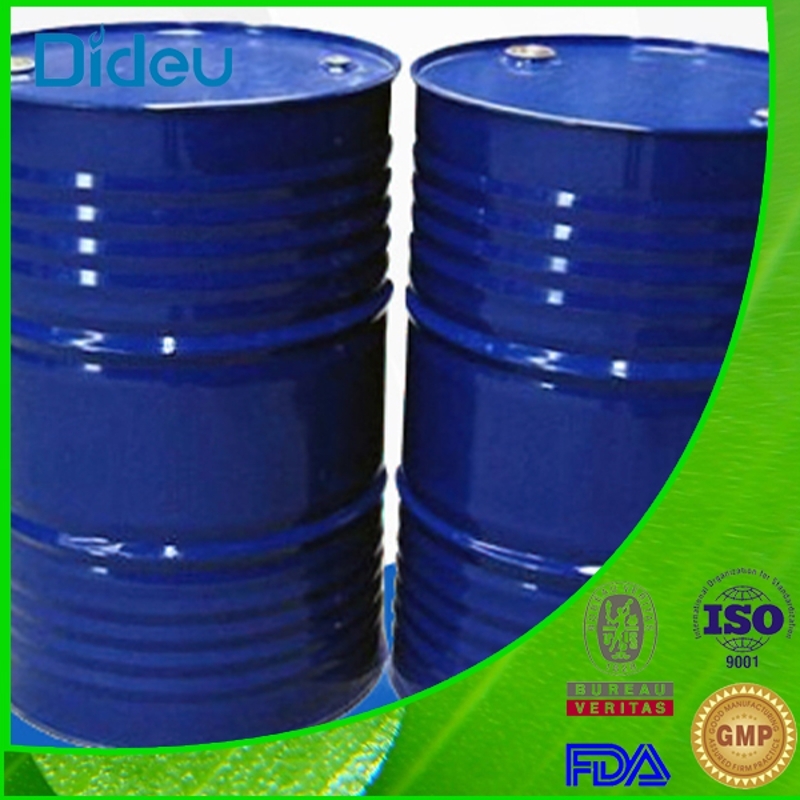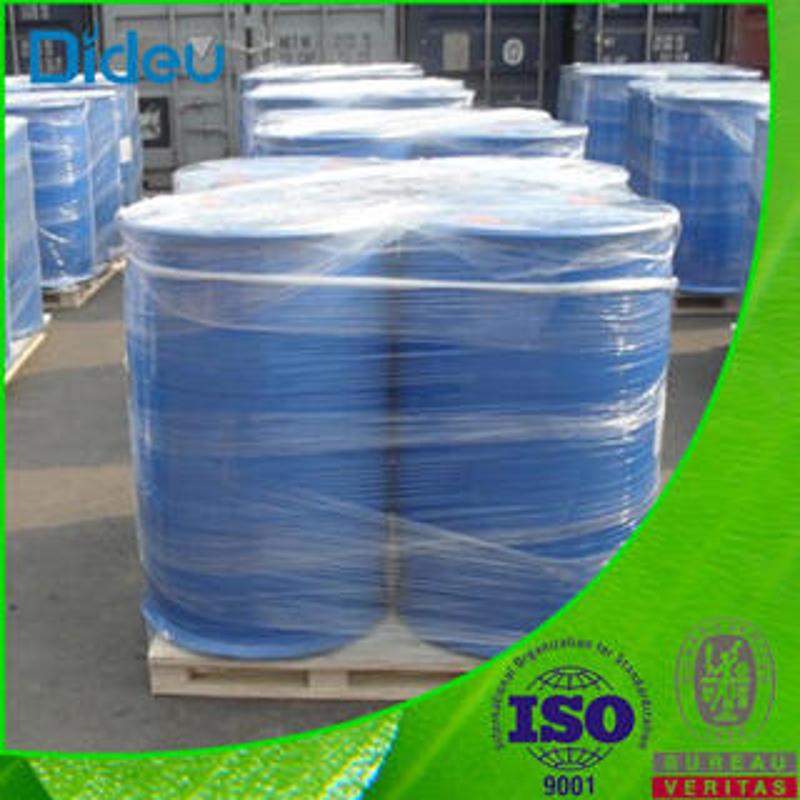-
Categories
-
Pharmaceutical Intermediates
-
Active Pharmaceutical Ingredients
-
Food Additives
- Industrial Coatings
- Agrochemicals
- Dyes and Pigments
- Surfactant
- Flavors and Fragrances
- Chemical Reagents
- Catalyst and Auxiliary
- Natural Products
- Inorganic Chemistry
-
Organic Chemistry
-
Biochemical Engineering
- Analytical Chemistry
-
Cosmetic Ingredient
- Water Treatment Chemical
-
Pharmaceutical Intermediates
Promotion
ECHEMI Mall
Wholesale
Weekly Price
Exhibition
News
-
Trade Service
1.4 sulphate
and radon sulfate usually have two forms of presence, namely natural heavy crystalline powder and precipitated sulphate. Palladium sulfate is an inert substance with high chemical stability and high density, and good resistance to acid and alkali, light and heat. Heavy crystal powder in the coating industry is mainly used in primers, the use of its low oil absorption, low paint consumption, can be made into thick film primers. And fill, leveling and anti-permeability, can increase the hardness and wear resistance of the coating film. On the whole, the performance of precipitation of sulphate is better than that of natural products, its whiteness is high, the texture is delicate, anti-frost, the disadvantage is the density is large, prone to precipitation.1.5 Aluminum Hydroxide
Alumina as flame retardant filler, good thermal stability, with flame retardant, smoke, filling 3 functions, is the most important inorganical filler in fire protection coatings. The flame retardant principle is that aluminum hydroxide releases water at high temperatures, heat absorption occurs, and water evaporation consumes additional energy. Aluminum hydroxide decomposes to form a barrier layer, which slows the flow of oxygen and the production of other gases, resulting in alumina residue deposited on the surface, isolating oxygen, to inhibit combustion effect. In addition, aluminum hydroxide's low absorption of ultraviolet light makes it very suitable for UV-cured coating systems.2 fillers are physically characteristic
fillers have many varieties and specifications, and the use of high-quality and stable products is very important to ensure the performance of coatings. In the choice of filler, in addition to paying attention to its chemical composition and mineral form, the particle size and distribution, hardness, oil absorption value, long diameter ratio and other characteristics of filler are also important indicators to be considered.2.1 particle size and distribution
filler particle size and distribution can have a direct impact on the performance of the coating, and ultimately affect the quality of the product. Therefore, the efficient and accurate determination of the particle size and distribution of filler samples is of great guiding significance to both production and technical research and development.
methods commonly used in mineral particle size determination are screening, subsiding, light scattering and microscopy. Screening method is a relatively traditional particle size measurement method, the use of aperture from large to small sieve from top to bottom in turn, the sample through the swinging, shock way through the sieve is divided into several granular grades, and then weighed separately, to get the mass fraction represented by the particle size distribution. The advantage of the screening method is that the equipment is simple, the operation is simple, but the accuracy is poor, the time is long, and the reunion particles are difficult to determine.is to test the particle size distribution by the different rate of particle subsidion in the liquid. According to Stokes' law, particles sink at a rate that is directly related to the square of the equivalent particle size. For finer particles, gravity seation requires a longer sedation time, so centrifugal seation is often used to speed up the subsiding process, thus reducing the measurement time and improving the accuracy of the measurement. The advantage of the subsiding method is that it is simple to operate and the requirements of the environment are not high, so it is widely used. However, the disadvantage of the semoulation method is that the effect of particle re-condensation and the brown motion of ultra-fine particles have a greater impact on the measurement results, so it is not suitable for measuring samples with particle sizes less than 2 m.
the principle of
light scattering method is based on the light exposure particles will be diffraction and scattering, and then through the Fourier lens imaging in multiple photodetectors, by measuring the distribution of scattered light energy and the corresponding diffraction angle to calculate the particle size distribution. The advantages of light scattering method are high measurement accuracy, speed, ease of operation and high repeatability. However, the laser particle size meter is carried out on the assumption that the particles are spherical, and the diameter of the irregular particles measured is larger than that of the same volume of spherical particles.microscope method is the use of microscope micrometers to determine the size of particles, can be used to directly observe and measure the particle size characteristics of individual particles. Depending on the particle size, optical and electron microscopes can be selected. The high resolution of electron microscopes is more suitable for ultra-fine particles with a particle size of less than 1 m. Microscope method is highly reliable and intuitive, but it is not suitable for industrial quality and production control because of its high requirements, complex operation and inability to accurately reflect the true distribution of particle size.
, each particle size measurement method may produce different results. When comparing particle size data from different minerals, first make sure that the same measurement method is used. For laminated fillers, the value of the screening method is usually somewhere between the light scattering method and the subsiding method, and the more the product tends to be layered, the greater the difference between the light scattering method and the subsiding method. For block fillers, the values given by the three methods are similar. The particle size distribution width of the filler reflects the performance of the filler particles more than the particle size. The particle size of the filler is usually expressed as D98 and D50, but the finer the filler, the better the performance. The particle size distribution width index (SF-D50/D20) is also important. When the SF is less than 2, the particle size distribution width is narrow. Werner compared the performance of calcium carbonate in coatings with two different particle size distribution widths, and the results showed that the narrowly distributed fillers were beneficial to improve the photoresist and cover power of latex paint coating, and applied to anticorrosive primers could shorten the drying time of the coating film, thus reducing the risk of rust during drying..






